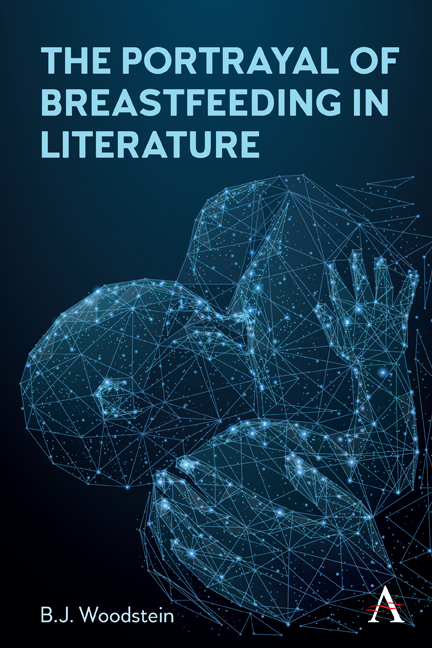Summary
My analysis of English-language literature for adults and children in the foregoing chapters suggests that contemporary society in the United Kingdom, and also to a certain extent in the United States and possibly other Englishspeaking countries, considers breastfeeding to be challenging in part because it employs the breasts in a non-sexual – albeit potentially sensual – way. Modern views of women and women's bodies insist upon the sexualisation of the breasts, making girls and women feel as though their breasts specifically, and their bodies more generally, are meant to be visible when it suits men and brings them pleasure, but invisible when those same bodies are used to nourish babies. The naked female body is always nude, but whether that nudity is considered sexy and titillating and acceptable or shameful and disgusting and inappropriate depends upon the situation. Besides the issue of nudity when it comes to the female body, my findings suggest that the work women do is undervalued or perhaps wholly unvalued, by society, and this includes breastfeeding. The situation is quite different in Swedish literature, with breastfeeding much more normalised and depicted more realistically. I wish to emphasise these things with the aim of effecting change in society, which would have the outcome of improving women's lives and influencing politics and culture.
Summary of Findings
In this book, I started with an analysis of what breastfeeding is and how breasts are viewed in English-speaking cultures, suggesting that there is a dichotomy between the mother and the sex object, with the latter currently preferred by society.
My exploration of literature began with a focus on works intended for children. Here, I found a stark difference between picturebooks in English and those in Swedish. In English, more books feature bottles than breasts, and this reflects the bottle-feeding norm in society. Out of those that do depict breasts, they tend to be one of two types. The first kind is the new baby-themed book, which is an ‘issue’ book that seems to be meant to help an older child get used to the idea of what life with a baby sibling might be like.
- Type
- Chapter
- Information
- The Portrayal of Breastfeeding in Literature , pp. 127 - 136Publisher: Anthem PressPrint publication year: 2022



